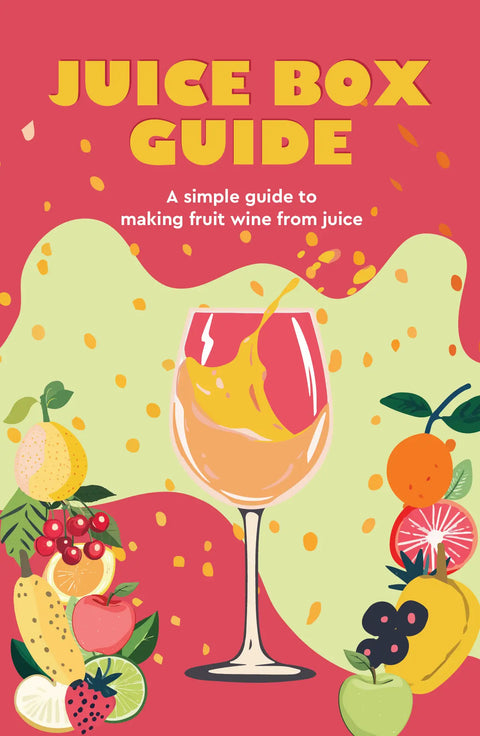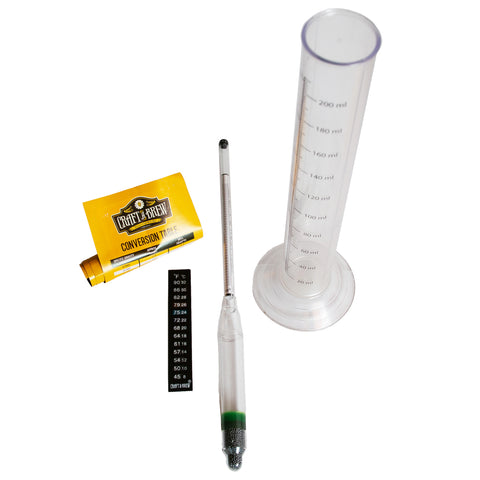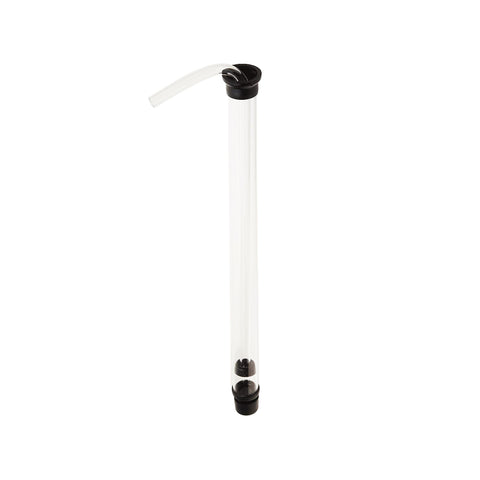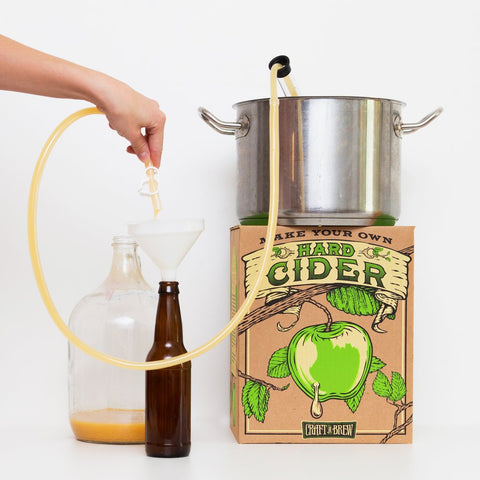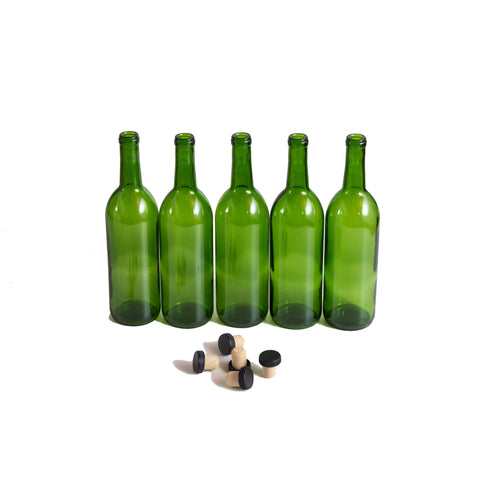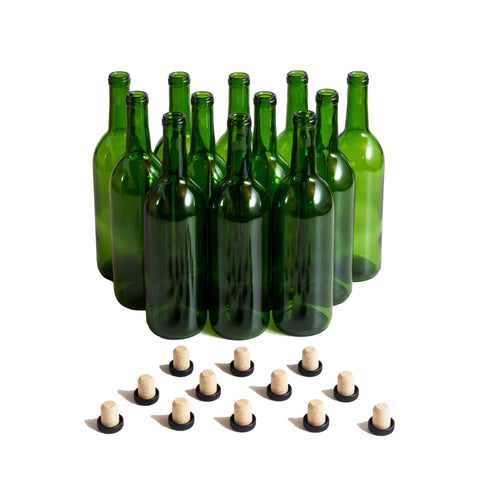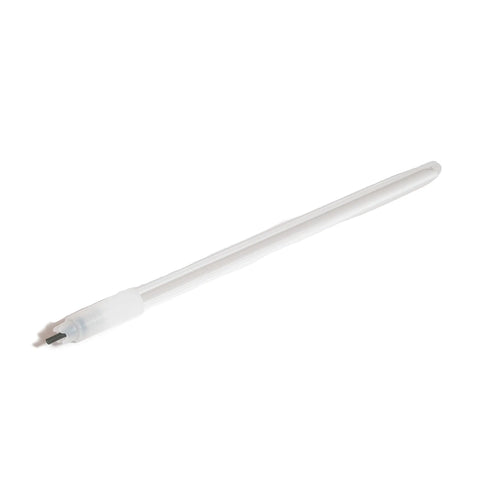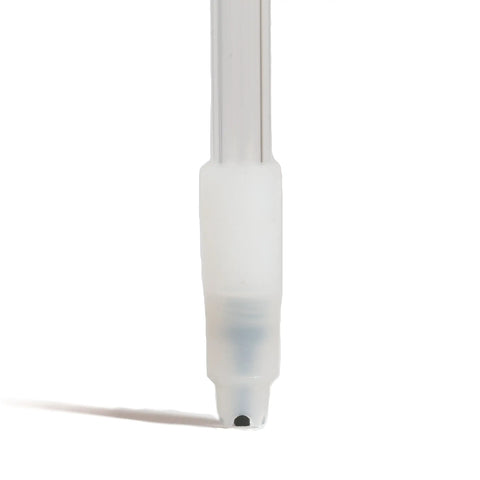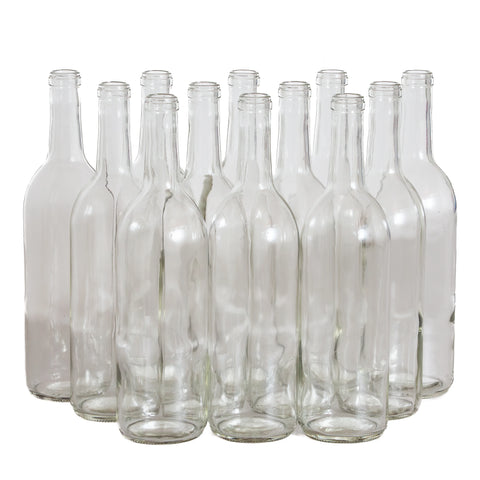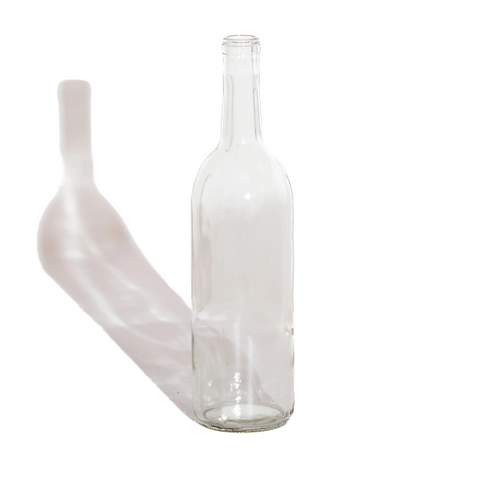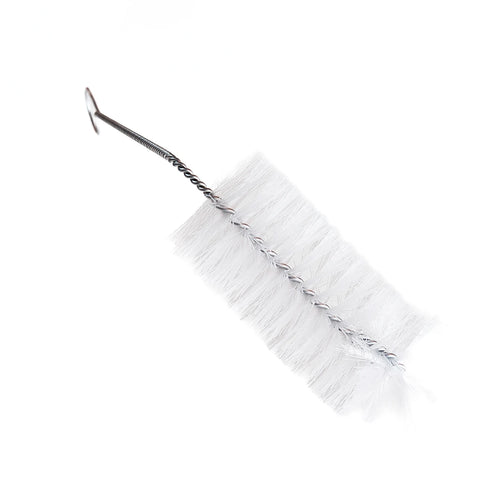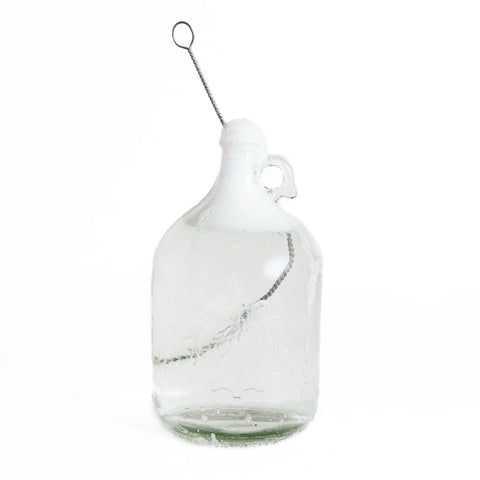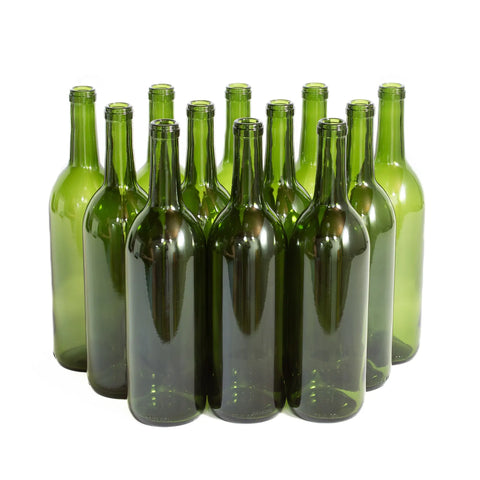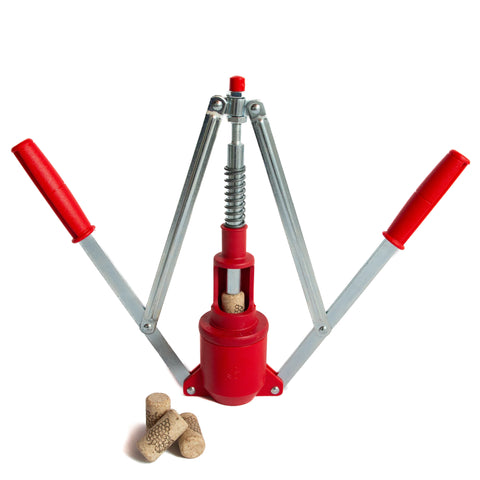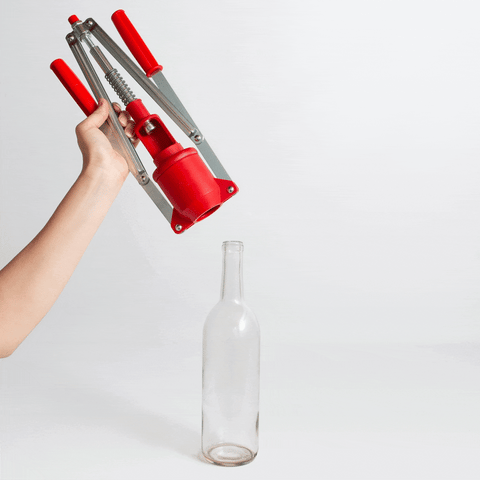Juice Box FAQs
This kit makes 1 gallon of fruit wine, which fills five standard 750 mL wine bottles.
Beyond this kit, you’ll need to source 1 gallon of fruit juice and bottle/corks. Each 1 gallon batch of fruit wine will fill five standard 750 mL wine bottles. You can use twist off wine bottles, regular cork bottles & corks or flip top beer bottles.
Because every batch of fruit wine will be unique. Every fruit juice will have slightly different sugar content, so the precise ABV will vary. Our instructions allow you to customize the ABV of your fruit wine for a finished product anywhere from 6 to 12% ABV. Because of the variance, we highly recommend using a hydrometer. This is the best tool for calculating the actual alcohol content of your wine. You’ll take a sample of your must (unfermented wine) before you add yeast and note this “original gravity” reading or OG. You’ll take another sample of your wine once fermentation is complete and note this “final gravity” reading or FG. Comparing these 2 figures will give you your final ABV!
We recommend standard 750 mL wine bottles and corks. You can reuse empty bottles of wine you drink at home - corked or twist off bottles. You can also use flip top beer bottles. We do not advise using mason jars for storing your finished wine - they do not provide an appropriate seal and wine can oxidize. Oxidation can discolor your wine and create stale off-flavors.
The Juice Box fruit wine kit is designed for turning juice into wine, so we don’t advise using blended fruit or fruit purees. Make sure your juice is without preservatives, which can prevent fermentation. Look for 100% juice on the label & avoid:
- Potassium sorbate
- Potassium sorbate
- Potassium metabisulphite
- Sodium benzoate
- Glycolipids
- “Lite” or “diet” juices, which contain a lot of non-fer- mentable sugar like sucralose.
Ascorbic Acid (vitamin C) is okay!
You can use white or red grape juice, apple juice, cranberry juice, lemonade, fruit punch, pomegranate juice, watermelon juice, peach juice, cherry juice & more! Feel free to blend 2 or more juices to make a fruit cocktail wine.
You can juice your own fruit IF you have a good quality juicer that removes ALL of the pulp. You don’t want any pulp in the fermenter, which will clog the airlock and make a mess. Fruit solids create a lot of sediment, which reduces the overall yield and means you’ll have less wine to enjoy after fermentation.
Don’t worry - it's not unusual for some foam, liquid or solids to escape into the airlock during peak fermentation. During the first few days of fermentation, the yeast is quite active and creates a good amount of foam and CO2, which can push some liquid and foam up into the airlock. You can dump out the contents of the airlock, fill it with fresh water and place it back in to continue fermenting. You’ll observe the fermentation activity severely slow down and taper off over the next couple of days.
If you’re fermenting a higher gravity wine (increased sugar content), the yeast may require more than 2 weeks to finish converting sugars into alcohol. Wait until the airlock activity has completely stopped before you proceed with optional cold crashing or stabilizing steps.
Yep! Sediment is to be expected in any naturally fermented beverage. Any yeast that is suspended in the wine will eventually settle to the bottom of the bottle during aging. You can avoid getting this into your glass by pouring slowly and leaving the last ounce in the bottom of the bottle. There is no perfect way to remove all of the sediment unless you use a professional style filter, but getting the sediment into your glass will not hurt anything except the appearance.
We recommend enjoying your homemade fruit wine within 6-12 months for the best flavors. Unlike traditional grape wines, fruit wines are best enjoyed fresh!
Looking for instructions?
No experience necessary - our instructions will teach you how to make fruit wine. This step by step guide to making fruit wine includes tips for choosing the best fruit juice, boosting the alcohol content and adjusting the sweetness.
If you’re still stumped or don’t see your question answered above - email us at support@craftabrew.com. Don’t dump anything until we’ve connected. Including photos in your email will help us help you more efficiently.
